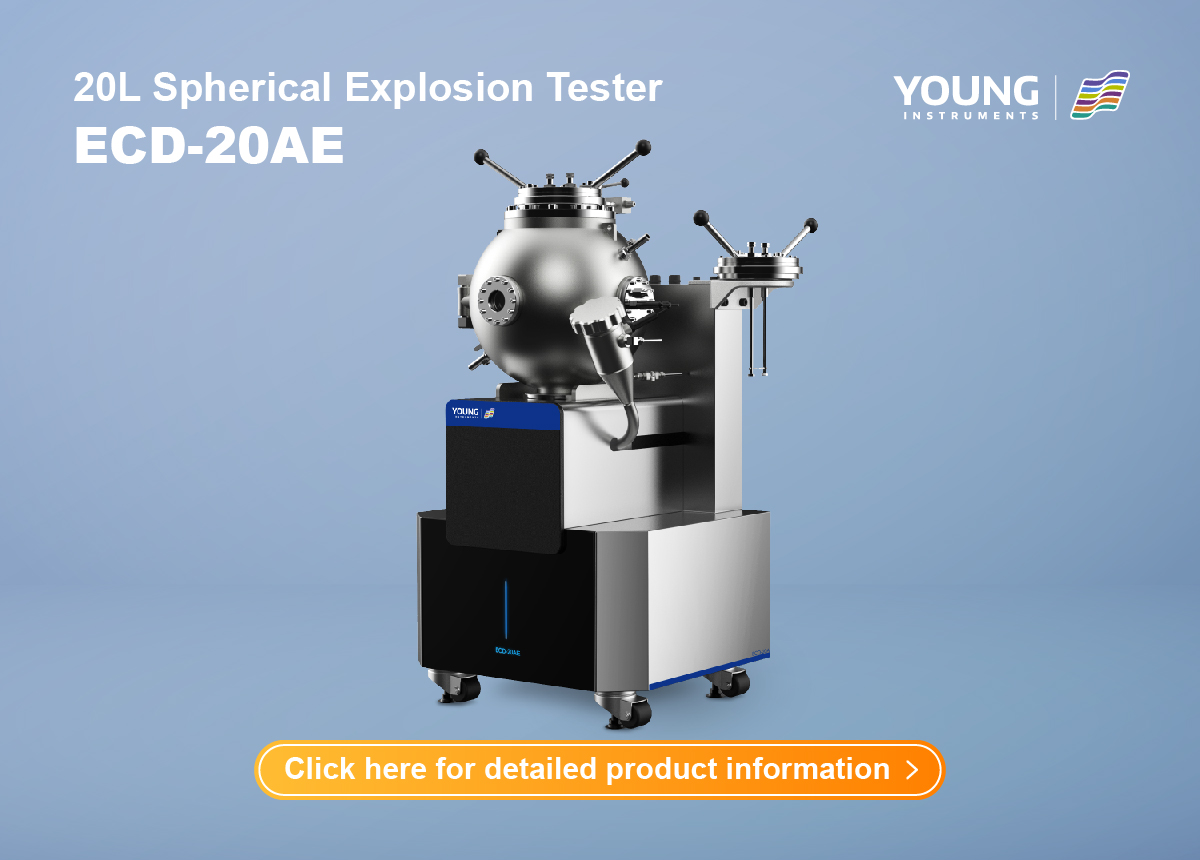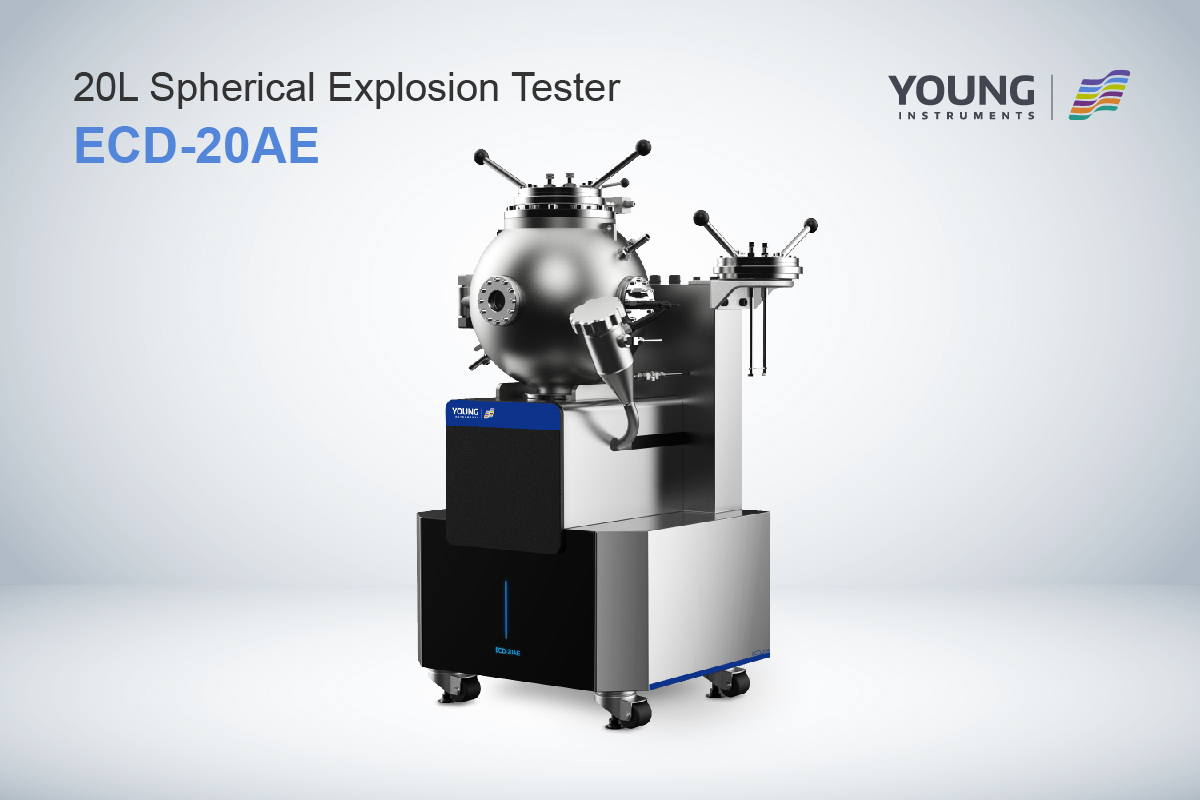Propellants Testing Instruments: A Comprehensive Guide to Types and Uses
If you work in the field of propellants, you know that precise and accurate testing is crucial. Propellants testing instruments are used to ensure the safety and reliability of propellants used in various applications, including aerospace, defense, and transportation. These instruments are designed to measure various properties of propellants, such as burning rate, specific impulse, and thermal stability.
There are several types of propellants testing instruments available, each with its own unique features and capabilities. Some of the most common types of instruments include calorimeters, bomb calorimeters, and strand burners. Calorimeters are used to measure the heat of reaction of propellants, while bomb calorimeters are used to measure the heat of combustion. Strand burners are used to measure the burning rate of propellants under controlled conditions. These instruments are essential for propellants testing, allowing engineers and scientists to accurately measure and analyze the properties of various propellants.
Types of Propellants
If you are looking for propellant testing instruments, it is important to understand the different types of propellants that exist. There are three main types of propellants: liquid, solid, and hybrid.
Liquid Propellants
Liquid propellants are often used in rockets and missiles. These propellants are made up of a fuel and an oxidizer that are stored separately until they are needed. When the propellant is ignited, the fuel and oxidizer mix together and burn, producing thrust. Liquid propellants are often used in space exploration because they are more efficient than solid propellants and can be shut off and restarted as needed.
Solid Propellants
Solid propellants are often used in smaller rockets, such as those used in fireworks displays. These propellants are made up of a mixture of fuel and oxidizer that is solid at room temperature. When the propellant is ignited, it burns from the surface inward, producing thrust. Solid propellants are less efficient than liquid propellants, but they are easier to store and transport.
Hybrid Propellants
Hybrid propellants are a combination of liquid and solid propellants. These propellants are made up of a solid fuel and a liquid oxidizer. When the propellant is ignited, the liquid oxidizer is injected into the solid fuel, producing thrust. Hybrid propellants are more efficient than solid propellants and easier to store and transport than liquid propellants. They are often used in experimental rocketry and space exploration.
Instrumentation for Propellant Testing
When it comes to testing propellants, there are several instruments that can be used to get accurate and reliable results. In this section, we will discuss some of the most commonly used instruments for propellant testing.
Viscometers
Viscometers are instruments that are used to measure the viscosity of a fluid. In propellant testing, viscometers are used to measure the viscosity of the propellant. This is important because the viscosity of the propellant can affect the performance of the rocket engine. There are several types of viscometers that can be used for propellant testing, including rotational viscometers and capillary viscometers.
Thermal Analyzers
Thermal analyzers are instruments that are used to measure the thermal properties of a material. In propellant testing, thermal analyzers are used to measure the thermal stability and decomposition of the propellant. This is important because the thermal properties of the propellant can affect the performance of the rocket engine. There are several types of thermal analyzers that can be used for propellant testing, including differential scanning calorimeters and thermogravimetric analyzers.
Combustion Chambers
Combustion chambers are used to simulate the conditions that a rocket engine will experience during operation. In propellant testing, combustion chambers are used to test the performance of the propellant under these conditions. This is important because the performance of the propellant can affect the performance of the rocket engine. There are several types of combustion chambers that can be used for propellant testing, including closed bomb combustion chambers and flow-through combustion chambers.
Overall, these instruments are essential for accurate and reliable propellant testing. By using these instruments, you can ensure that your propellant will perform as expected in a rocket engine.
Safety and Handling Procedures
When handling propellants, safety is of utmost importance. Proper storage, handling, and disposal procedures must be followed to prevent accidents and ensure the safety of personnel and equipment. In this section, we will cover the guidelines for storing, handling, and disposing of propellants.
Storage Guidelines
Propellants should be stored in a cool, dry, and well-ventilated area that is free from sources of ignition. The storage area should be clearly marked and secured to prevent unauthorized access. It is important to follow the manufacturer’s guidelines for storing specific types of propellants, as some may require special storage conditions.
Handling Equipment
When handling propellants, it is important to use the appropriate equipment to prevent spills and accidents. Equipment such as pumps, hoses, and valves should be made of materials that are compatible with the propellant being handled. It is important to inspect equipment regularly for signs of wear and tear, and to replace any damaged equipment immediately.
Disposal of Propellants
When disposing of propellants, it is important to follow local, state, and federal regulations. Propellants should never be poured down the drain or disposed of in the trash. Instead, they should be disposed of at a licensed hazardous waste disposal facility. It is important to follow the manufacturer’s guidelines for disposing of specific types of propellants, as some may require special disposal procedures.
Following these guidelines will help ensure the safe handling of propellants. Remember to always wear appropriate personal protective equipment, such as gloves and safety glasses, when handling propellants. If you are unsure about the proper handling procedures for a specific propellant, consult the manufacturer’s guidelines or contact a qualified professional for assistance.
Standard Testing Protocols
When it comes to testing propellants, there are several standard testing protocols that must be followed to ensure accurate and reliable results. These protocols include pressure testing, ignition testing, and performance evaluation.
Pressure Testing
Pressure testing is a critical component of propellant testing. This type of testing involves subjecting the propellant to various levels of pressure to determine its stability and strength. The pressure testing process typically involves using specialized equipment such as pressure vessels and gauges to measure the pressure levels.
During pressure testing, it is important to follow strict safety protocols to ensure the safety of the testing personnel and the testing environment. This may involve using protective gear such as gloves, goggles, and lab coats, as well as ensuring that the testing equipment is properly calibrated and maintained.
Ignition Testing
Ignition testing is another important aspect of propellant testing. This type of testing involves subjecting the propellant to various levels of heat and flame to determine its flammability and ignition characteristics. The ignition testing process typically involves using specialized equipment such as ignition sources and spark plugs to ignite the propellant.
Like pressure testing, ignition testing requires strict adherence to safety protocols to prevent accidents and ensure accurate results. This may involve using specialized equipment such as fire extinguishers, as well as ensuring that the testing environment is properly ventilated and free of any potential ignition sources.
Performance Evaluation
Finally, performance evaluation is a critical component of propellant testing. This type of testing involves measuring the performance characteristics of the propellant, such as its burn rate, thrust, and specific impulse. Performance evaluation typically involves using specialized equipment such as thrust stands and flow meters to measure these characteristics.
To ensure accurate performance evaluation, it is important to follow strict testing protocols and to use properly calibrated and maintained testing equipment. This may involve conducting multiple tests to ensure consistency and accuracy of the results.
Overall, following standard testing protocols is essential for accurate and reliable propellant testing. By following these protocols and using specialized testing equipment, you can ensure that your propellant testing results are accurate and reliable, helping to ensure the safety and effectiveness of your rocket engines and other propulsion systems.
Regulatory Compliance
When it comes to propellants testing instruments, regulatory compliance is critical. There are various environmental regulations, transportation standards, and storage requirements that you must adhere to. Failure to comply with these regulations can lead to serious consequences, including fines, legal action, and damage to your reputation.
Environmental Regulations
Environmental regulations play a significant role in the propellants testing industry. The Environmental Protection Agency (EPA) has established various regulations to protect the environment from the harmful effects of propellants. These regulations include limits on the amount of pollutants that can be released into the air, water, and soil. To comply with these regulations, you need to use testing instruments that are designed to minimize emissions and reduce environmental impact.
Transportation Standards
Transportation standards are another critical aspect of regulatory compliance in the propellants testing industry. The Department of Transportation (DOT) has established regulations for the safe transportation of hazardous materials, including propellants. These regulations include requirements for packaging, labeling, and handling of hazardous materials during transportation. To comply with these regulations, you need to use testing instruments that are designed to ensure the safe transportation of hazardous materials.
Storage Requirements
Storage requirements are also an important aspect of regulatory compliance in the propellants testing industry. The Occupational Safety and Health Administration (OSHA) has established regulations for the safe storage of hazardous materials, including propellants. These regulations include requirements for the storage of hazardous materials in designated areas, with proper labeling and signage. To comply with these regulations, you need to use testing instruments that are designed to ensure the safe storage of hazardous materials.
In summary, regulatory compliance is critical when it comes to propellants testing instruments. You need to adhere to various environmental regulations, transportation standards, and storage requirements to ensure the safety of your employees, the environment, and the public. By using testing instruments that are designed to comply with these regulations, you can ensure that your business operates safely and efficiently.








































